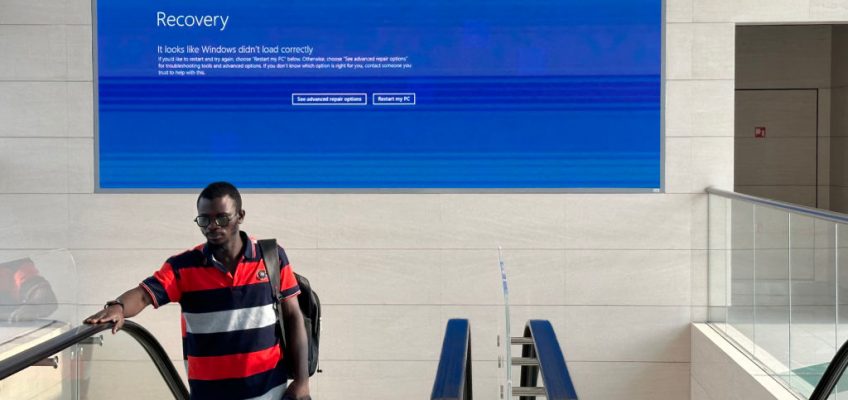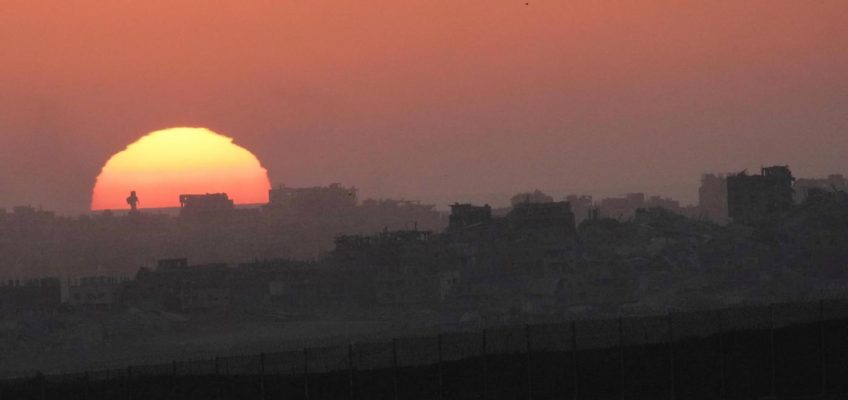More than a decade ago, Logan Hensler dared to dream on the backyard rink in Woodbury.
Those dreams are about to become reality for the 18-year-old defenseman, who is expected to hear his name called in the first round of the 2025 NHL Draft. A smooth skater blessed with a 6-foot-2, 200-pound frame, Hensler finished as the No. 12 ranked North American skater, according to NHL Central Scouting.
As he reflected on his journey to this point, Hensler highlighted the importance of having his dad Joe, mom Alicia, and younger brothers Dylan and Dain in the stands with him on Friday night at the Peacock Theater in Los Angeles.
“It’s a once-in-a-lifetime moment,” Hensler said. “I’m really excited to get to share it with the family.”
There were some brief discussions between parents Joe and Alicia a couple of months ago about how much it was going to cost for the family to attend the 2025 NHL Draft. Were they going to be able to make it work?
“Just trying to figure out what we could and couldn’t do,” Joe Hensler said. “We were talking about it in the kitchen and our youngest actually spoke up almost declaring that he was going to be there no matter what.”
Leave it to the preteen to be the voice of reason.
“We were like, ‘Well, I guess the decision has been made, right?’ ” Joe Hensler said with a laugh. “We knew we had to make it happen so we could be together for it.”
This has been a long time coming for the family. It was pretty clear from a young age that Hensler was going to excel in the sport. He refined his skills on the backyard rink, developed into a standout as a peewee and bantam in the local youth association, and parlayed that into a roster spot with the highly touted Minnesota Blades.
“He started to get recognized outside of the neighborhood,” his father said. “We would have people come talk to us about opportunities down the road, and they had a little bit broader view than what we had at the time.”
The ascension continued for Hensler after he helped Hill-Murray take third place in the state tournament as a freshman. His natural ability piqued the interest of the USA Hockey National Team Development Program in Plymouth, Mich.
That left the family with a decision, and they enlisted the help of Hill-Murray boys hockey coach Bill Lechner, who has been around long enough to know whether a kid is ready to compete at that level. There was no question when it came to Hensler.
“You could tell right away with him,” Lecher said. “We’ve had these conversations with a lot of families. We weren’t going to lie to them. Even if we wanted him to stay for our sake, we knew he was ready to go.”
The thought of moving away from home gave Hensler some pause.
“It was really challenging,” he said. “I took until the last minute to sign the contract that they gave me.”
The experience with the NTDP gave Hensler the tools needed too succeed by putting him in situations to fail. He had to learn how to handle adversity in real time. That was exemplified by a stretch of play during Hensler’s first year, when he started to internalize some of his mistakes on the ice.
“It was starting to pile up on him a little bit and he took it all on himself,” NTDP coach Nick Fohr said. “I remember having him in my office and going through the clips. He started to realize it wasn’t all on him, and he started to let go of the mistakes. It seemed like it almost freed him up mentally, and everything started to go in the right direction for him.”
The growth was on full display during Hensler’s second year with the NTDP as he slowly separated himself from some of his peers.
“I’m really thankful for that experience,” he said. “It was probably the best decision I’ve made so far in my career.”
That put Hensler in position to hit the ground running when he got to the University of Wisconsin, and while he had to navigate ups and downs as a freshman, he impressed Badgers men’s hockey coach Mike Hastings with his maturity.
“The best part about him is he’s got an unbelievable balance of humility and confidence,” Hastings said. “I was really proud of him looking at where he started and where he finished, because it says a lot about him not taking anything for granted.”
What was the biggest lesson Hensler is going to take away from his first year in college?
“The physical side of it,” he said. “Just using my size and strength to my advantage is important. That was the biggest learning curve I had going to college. It’ll be huge to keep building on that while I continue to elevate my game.”
As excited as he is to have Hensler back on campus this year, Hastings is eager to see where he ends up this weekend.
“I believe anybody that invests in Logan Hensler is going to be glad that they did,” Hastings said. “He’s a great young man and a special player.”
Wild ship Freddy Gaudreau to Seattle for a draft pick
NHL Draft 2025: What Wild fans need to know
Greg Cronin named new Iowa Wild head coach
Florida routs Edmonton, repeats as Stanley Cup champion
‘Dialed-in’ Florida Panthers have chance to win Stanley Cup at home




